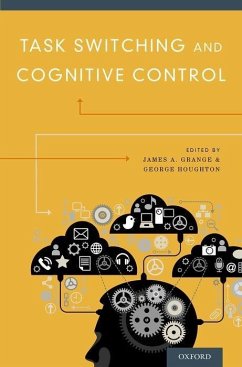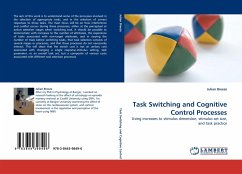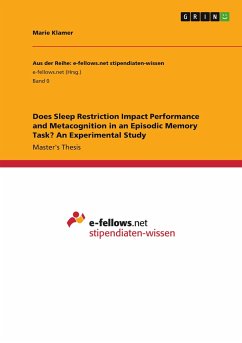
BRAIN DYNAMICS AND BEHAVIORAL BASIS OF A HIGHER LEVEL COGNITIVE TASK
NUMBER COMPARISON
Versandkostenfrei!
Versandfertig in 6-10 Tagen
39,99 €
inkl. MwSt.

PAYBACK Punkte
20 °P sammeln!
The important role of intraparietal sulcus (IPS) is well established in the processing of number along with its involvement in the processing of visual objects (i.e., shape, density). However, a direct assessment of the possible influence of quality judgment on quantity judgments of numbers remains unclear. To address this question, the present study investigated whether adult participants would report similar behavioral (i.e. reaction times, (RTs)) and neurophysiological (i.e. high-density electroencephalogram (EEG) scalp recordings) responses for Arabic numbers as represented in different vi...
The important role of intraparietal sulcus (IPS) is well established in the processing of number along with its involvement in the processing of visual objects (i.e., shape, density). However, a direct assessment of the possible influence of quality judgment on quantity judgments of numbers remains unclear. To address this question, the present study investigated whether adult participants would report similar behavioral (i.e. reaction times, (RTs)) and neurophysiological (i.e. high-density electroencephalogram (EEG) scalp recordings) responses for Arabic numbers as represented in different visual qualities.Two novel methods, principal components analysis (PCA) and independent component analysis (ICA), were selected to construct the fundamental spatiotemporal brain dynamics of the task. Prior studies suggest that mental comparison of a stimulus number to a memorized reference number requires longer RTs for numbers close in value to the reference, known as the classical distance effect. However, in our model, the distance perception for medium and far numbers was distracted by visual noise manipulation.












